I would recommend for you to pick up the SQL Antipatterns book. The second chapter feature closure tables as one of recommended ways for implementing category trees.
That said. Looks like your closure table is a bit strange. There is no point in id column there. Instead you should have a composite primary key, made from unique pairs of ancestor and descendant value.
And you have not inserted the nodes themselves .. only the connection between two different nodes. Maybe reading "Rendering Trees with Closure Tables" could shine some light on the subject.
At a guess the INSERT statement should look like this (at least that my conclusion):
INSERT INTO closures(ancestor, descendant, lvl)
VALUES (1, 1, null),
(20, 20, null),
(26, 26, null),
(28, 28, null),
(1, 20, 1),
(20, 26, 2),
(26, 25, 3);
What you have to understand is that closure tables are not storing a tree. Instead, the data structure you are working with, is directional graph. Something like this:

As you can see, this graph has three root nodes: 3, 5 and 7. Also, it is very important to note, that node 10 is a different levels of depth, depending on from which root node you begin.
It would be defined with two closures: [3,10,1] and [11,10,2]. Meaning, that the connection from 11th node would put it a level two, while starting from 3rd node, it's a first level item.
Thing is, when you are using closure tables each category can have multiple parent categories each at different level of depth.
Addition (by @ypercube):
My understanding of the "level" or "depth" column is that it stores the "distance" (steps needed to go) from ancestor to descedant. It's not an absolute level of a node and thus closure tables can be used to store more complex than trees graphs. You may even have multiple paths from an ancestor to a descendant, each one (path) with different steps.
Additionally, the Nulls should be 0 and a few more rows are needed.
So, the data would be:
INSERT INTO closures(ancestor, descendant, lvl)
VALUES ( 1, 1, 0), (20, 20, 0), (26, 26, 0), (25, 25, 0),
( 1, 20, 1), (20, 26, 1), (26, 25, 1),
( 1, 26, 2), (20, 25, 2),
( 1, 25, 3) ;
